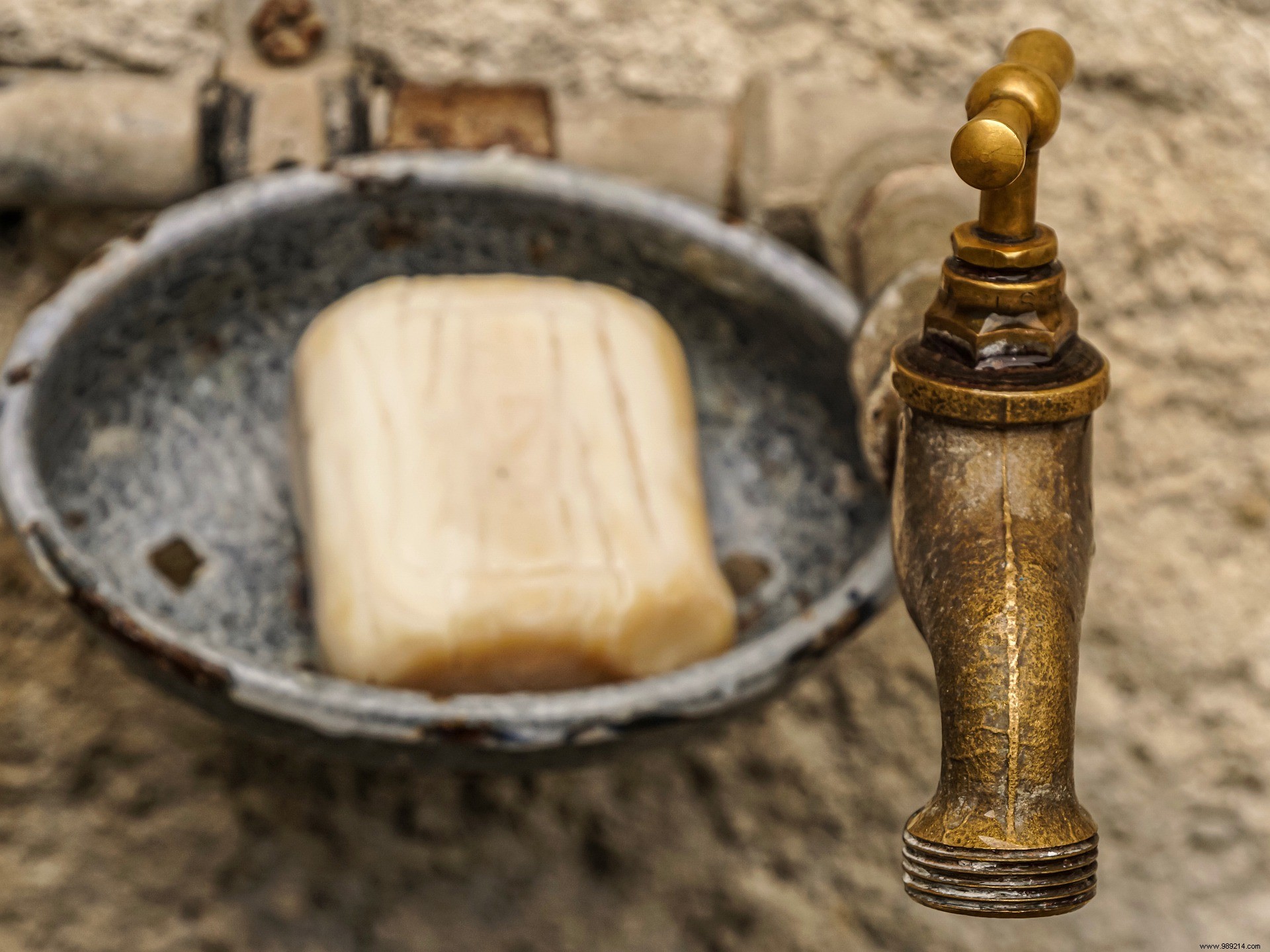WHO on Friday raised the level of the threat linked to Covid-19 in the world to its maximum degree, recalling the importance of "barrier measures to prevent the spread of the virus. Like the simple act of washing your hands regularly.
All epidemiologists know that airports and train stations are generally considered to be the public places most at risk. And for good reason, tens of thousands of travelers from all over the world find themselves confined, at all times, to one and the same place. Meanwhile, viruses are hitchhiking, patiently waiting for new hosts to arise.
But in our context, the risks are not limited only to these "relay points" such as train stations or airports.
As a genuine pandemic looms , we must take care to avoid unnecessary contact wherever we go. Kisses and handshakes are to be banned, just as we must avoid certain risky surfaces, such as gas pumps or payment terminals.
In addition to these restrictive measures, we must also be sure to wash our hands regularly, as they allow viruses to enter our respiratory tract. Remember that we bring our hands to our face on average once a minute , without even realizing it.
But is it really possible to keep our hands clean? Michelle Sconce Massaquoi, PhD candidate in microbiology at the University of Oregon, provides an update.

The researcher became interested in the subject a few years ago after learning of a study revealing that more than 90% of people do not wash their hands after coughing or sneezing . Another study also pointed out that the average time a person spends washing their hands is just six seconds .
It is therefore important to remember a few fundamentals. To wash your hands, reminds the researcher, there are two main options.
“The first is to reduce the amount of bacteria, viruses and other types of microorganisms on our hands , explains the microbiologist. To do this, we lather them with soap and a little water. The chemistry of soap eliminates microorganisms from our hands by increasing the slippery properties of our own skin “.
By washing our hands with soap, we therefore essentially reduce the bacterial load present on our skin .
The second strategy is not to drag the bacteria to evacuate them, but to kill them directly. To do this, products containing an antibacterial agent are used. .
We know that, on paper, these products are more effective than soap in eliminating germs. However, some bacterial cells often develop genes giving them resistance to these antibacterial agents. These strains then continue to thrive, and their "resistant" genes can sometimes pass on to other bacteria.
Eventually, when these resistant strains "take over", the use of an antibacterial agent becomes essentially ineffective. "In This Spirit , says the researcher, maybe you should stick to regular soap “.
To clean your hands properly, here is the "protocol":
Related articles: